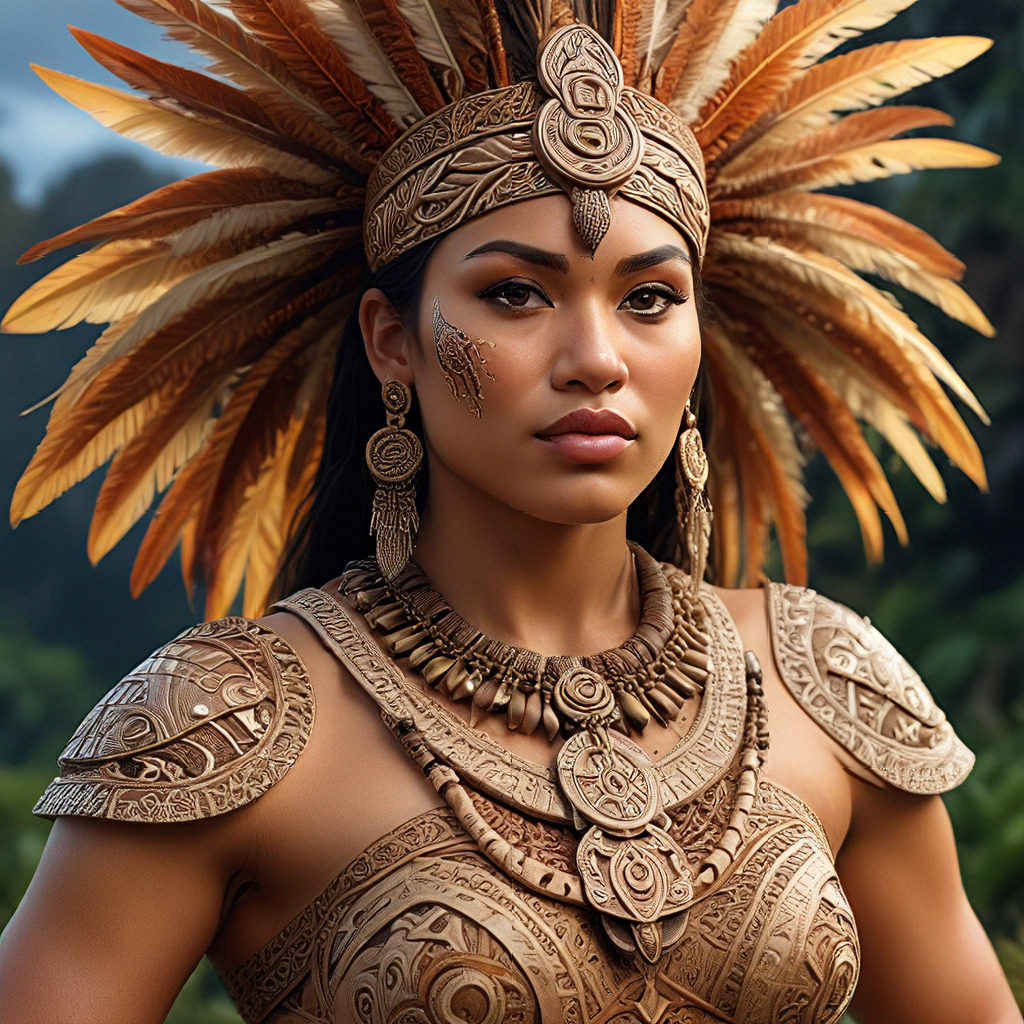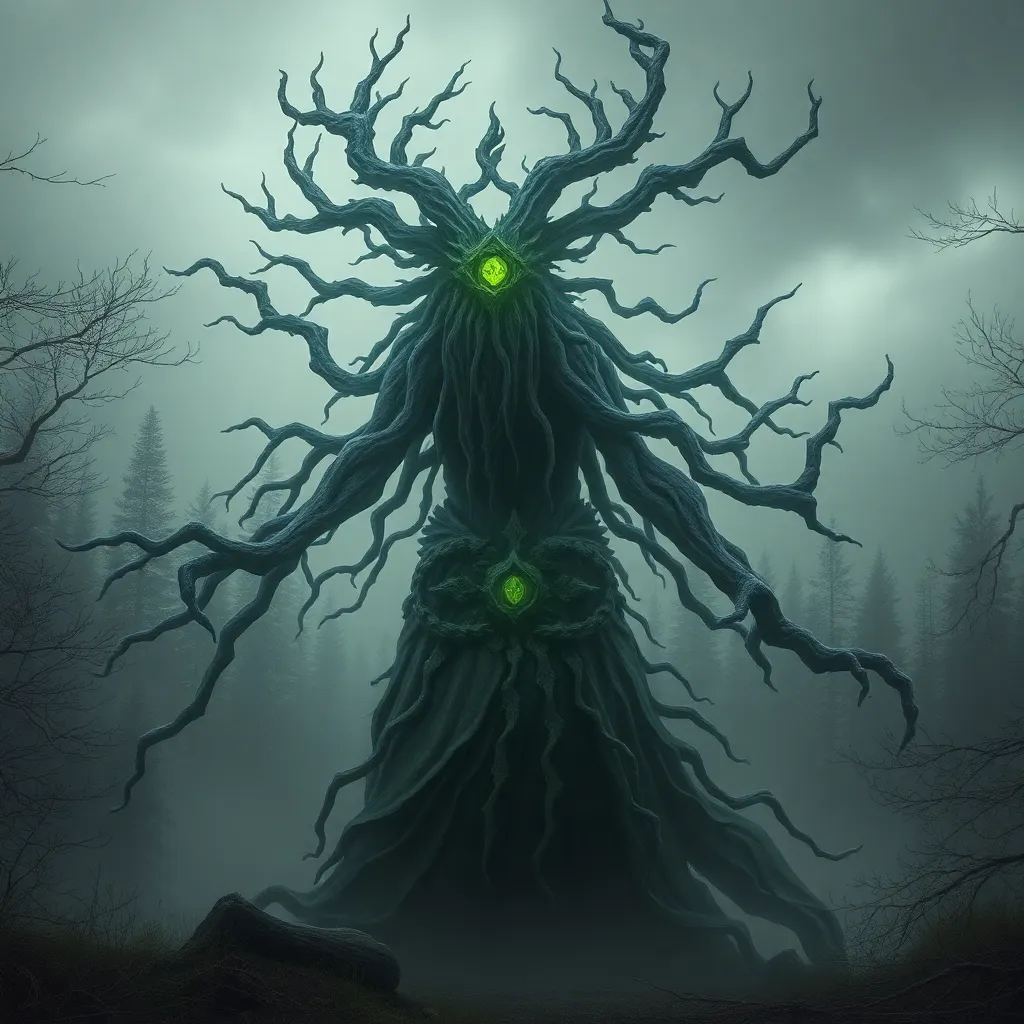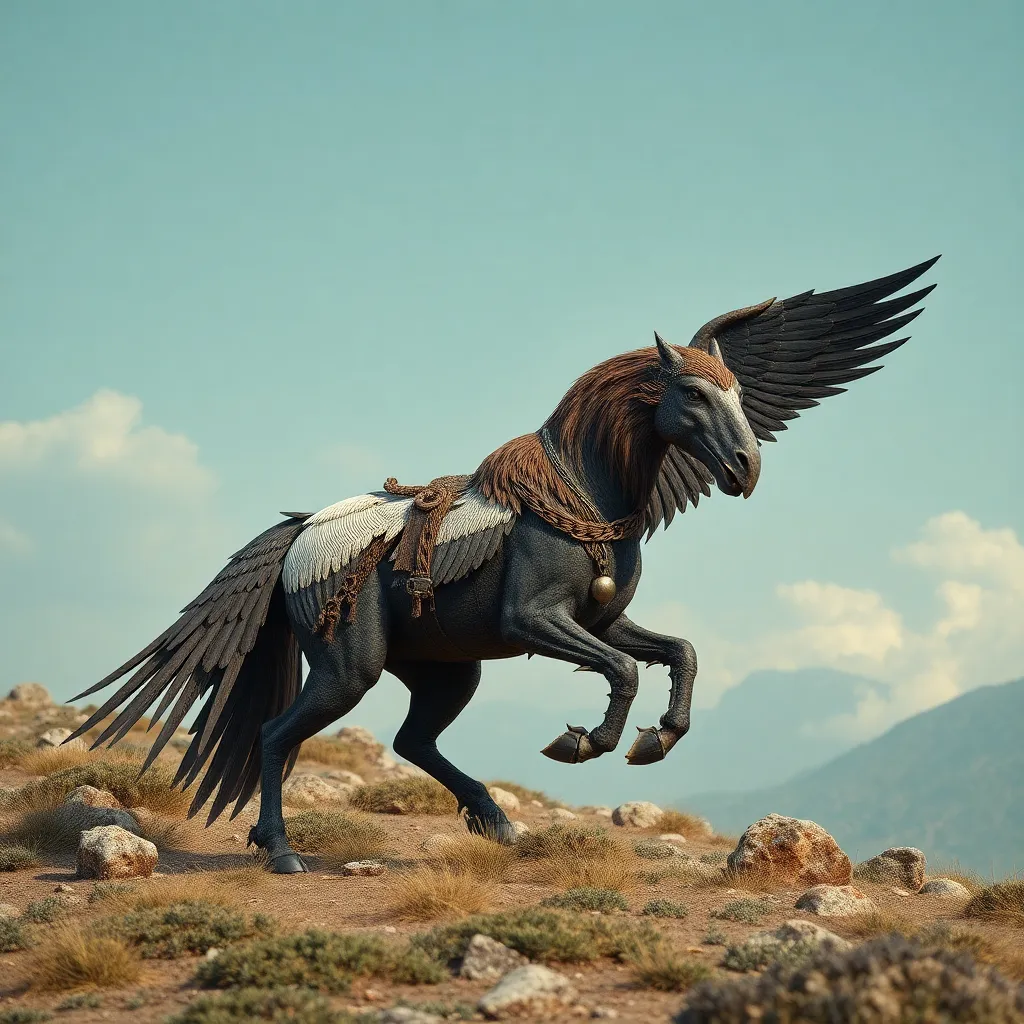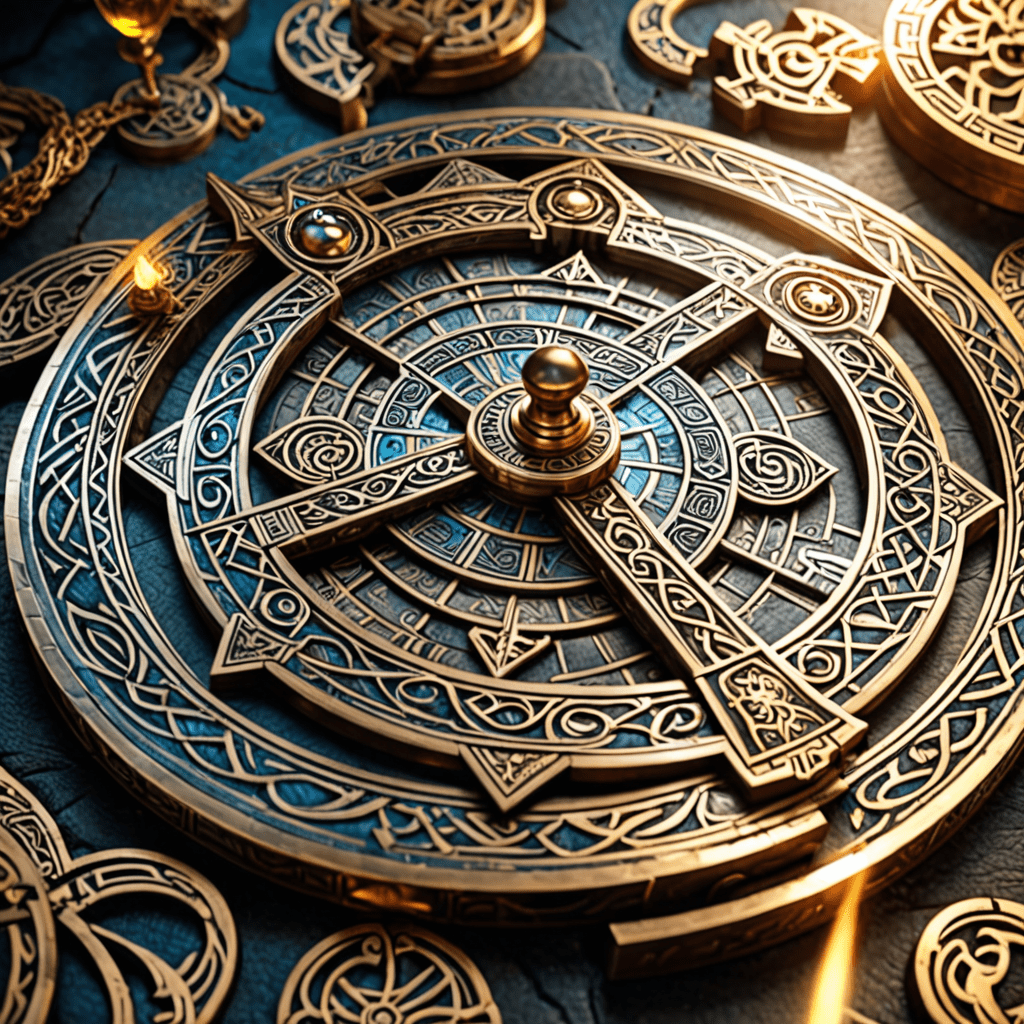Maori Mythology: The Tapestry of Creation and Connection to the Natural World
Maori mythology plays a crucial role in understanding the rich traditions and cultural expressions of the Maori people of New Zealand. It's a captivating tapestry woven with stories of creation, ancestral origins, and the deep connection between humans and the natural world. This intricate system of beliefs is not just a collection of tales; it's a vibrant living force that continues to shape Maori culture and identity to this day.
The Maori worldview is grounded in the belief that the universe and everything in it emerged from the primordial void, Te Kore. This void transformed into Te Pō, the state of darkness, and eventually gave birth to the first gods, or Atua. These deities, with their unique powers and personalities, are the architects of the world, shaping every aspect of life on Earth.
The intricate relationships between the gods, their creations, and the humans they brought into existence form the foundation of Maori mythology. These stories are not just entertaining narratives; they convey deep spiritual truths, ethical guidelines, and practical knowledge for navigating the world. They provide context for understanding the Maori concept of whakapapa, or genealogy, which emphasizes the interconnectedness of all things and the importance of lineage.
The Tangata Whenua: Humans as Descendants of the Gods
The Maori believe that they are the Tangata Whenua, the people of the land, descended from the gods. This lineage is not merely a historical fact; it's a living truth that shapes their relationship with the land and their sense of identity. The creation myth, a central story in Maori mythology, highlights this connection.
According to this myth, the god Tane, the god of forests and birds, created the world and its inhabitants. He separated the sky (Rangi) from the earth (Papa), allowing for the creation of light and life. He also created the first humans, who emerged from the earth. This act of creation signifies the profound connection between humans and the natural world, a bond that continues to be celebrated and revered in Maori culture.
This belief in a divine lineage serves as a powerful reminder of the responsibility that the Maori have towards the land and its resources. They see themselves as guardians of the environment, charged with protecting its beauty and ensuring its sustainability. This connection to the land, rooted in their mythology, is reflected in their traditional practices and their deep respect for nature.
Atua: Divine Beings Shaping Maori Culture
The Atua, or gods, are central to Maori mythology and are instrumental in shaping the values, beliefs, and practices of the Maori people. Each deity embodies specific qualities and powers, representing different aspects of the natural world and human life. These gods are not simply distant, passive figures; they are active participants in the lives of humans, influencing their actions and shaping their destiny.
The Atua are not to be feared but respected and honored. They are invoked in ceremonies, prayers, and rituals, seeking their guidance and protection. Their stories are passed down through generations, reminding the Maori of their connection to the divine and their role in the larger cosmic order.
The Maori believe that the Atua are responsible for the creation of the land, the heavens, the sea, and all its inhabitants. They also control the forces of nature, such as the weather, earthquakes, and volcanoes. This belief in the power of the Atua underscores the importance of living in harmony with nature and respecting its power.
Rongo: God of Peace, Agriculture, and the Harvest
Rongo, one of the most revered Atua in Maori mythology, is the god of peace, agriculture, and the harvest. He is associated with the abundance of the land and the prosperity of the people. Rongo is revered for his role in bringing peace and harmony to the world, allowing humans to thrive and flourish. He is also credited with teaching the Maori how to cultivate crops, ensuring their survival and well-being.
Rongo's influence is evident in the importance of agriculture in Maori culture. They meticulously cultivate the land, respecting its cycles and honoring the spirits that dwell within it. The harvest is a time of celebration, a testament to Rongo's generosity and a reminder of the interconnectedness of humanity and nature.
His imagery is often depicted in carvings and adornments, representing the bounty of the land and the importance of cultivating peace and harmony. Rongo's presence serves as a constant reminder of the importance of honoring the natural world and its gifts.
Tane: God of Forests, Birds, and Creation
Tane, another prominent Atua in Maori mythology, is the god of forests, birds, and creation. He is credited with bringing life to the world, separating the sky from the earth, and creating the first humans. Tane is revered as a powerful force of nature, a symbol of the generative power of life and the beauty of the natural world.
His association with the forests highlights the importance of these ecosystems in Maori culture. The forests are seen as sacred spaces, filled with the spirits of ancestors and the presence of the gods. They provide essential resources for the Maori people, and their preservation is paramount.
Tane's role in creation underscores the deep connection that the Maori have with the natural world. They see themselves as part of a larger interconnected web of life, and they strive to live in harmony with the environment. This belief is reflected in their traditional practices, which emphasize sustainability and respect for the natural world.
Tane's story embodies the Maori belief in the transformative power of creation. It reminds them that even in the face of adversity, life can emerge and flourish. His presence encourages respect for the natural world and its ability to sustain and nurture life.
The Significance of the Koru Motif: Rebirth, Growth, and Unity
The koru, a spiral motif resembling an unfurling fern frond, is a prominent symbol in Maori art and design. Its significance is deeply rooted in Maori mythology and represents the processes of new beginnings, continual growth, and unity.
The koru symbol is often associated with the god Tane, specifically with the act of separating the sky and earth, signifying the creation of space for life to emerge and grow. It represents the cyclical nature of life, with the unfurling frond symbolizing the continual journey of growth and renewal.
The koru also symbolizes unity and connection. The spiral form represents the interconnectedness of all things, reminding us that we are all part of a larger web of life. This imagery is often incorporated into traditional Maori clothing and adornments, signifying the wearer's connection to their ancestors, their community, and the natural world.
The koru is a powerful symbol that embodies the essence of Maori mythology, encapsulating the stories of creation, growth, and unity. Its presence in Maori art and design serves as a constant reminder of the enduring power of these concepts and their influence on Maori culture.
The Power of the Tiki: Guardians of the Spiritual Realm
The tiki, a stylized human figure often depicted with exaggerated features, holds a powerful place in Maori mythology and art. It is more than just a carving; it represents a guardian spirit, a powerful protector of the spiritual realm. These figures are believed to possess the strength and wisdom of their ancestors, safeguarding individuals and communities from harm.
The tiki is often associated with the god Tane, who is believed to have created the first humans. It is thought that the tiki holds the essence of these first humans, embodying their connection to the natural world and their role as guardians of the land. These figures are often carved from wood, bone, or stone, and their placement in homes, marae (meeting places), or on ceremonial objects serves as a constant reminder of the presence of the ancestors and their protective power.
The tiki's unique features, such as its prominent eyes, nose, and mouth, are designed to ward off evil spirits and bring good fortune. Its strong stance and assertive posture convey a sense of power and authority, signifying the tiki's ability to protect and guide. The placement and orientation of the tiki are also significant, with specific positions thought to attract good luck, prosperity, and safety.
In contemporary Maori culture, the tiki continues to be a powerful symbol of identity, ancestral connection, and protection. It is often incorporated into jewelry, clothing, and home decor, serving as a reminder of the enduring legacy of Maori mythology and the importance of connecting with spiritual traditions.
The Role of Feathers: Symbols of Authority, Power, and Prestige
Feathers hold a significant place in Maori culture, often symbolizing authority, power, and prestige. These adornments are not just decorative; they carry deep meaning and are often associated with the gods, ancestors, and the natural world. The type of feather, its color, and its placement all contribute to its specific meaning and symbolism.
The most prized feathers are those of native birds, such as the kiwi, the moa (now extinct), and the huia (also extinct). These feathers were often reserved for chiefs, warriors, and other high-ranking individuals, signifying their status and power. The intricate patterns and colors of these feathers were also used to communicate messages and convey information about the wearer's lineage, achievements, and affiliations.
Feathers were often used in ceremonial cloaks, headdresses, and other adornments, and their presence demonstrated the wearer's connection to the gods and their ancestors. Certain feathers were also believed to possess specific powers, such as the ability to attract good fortune, ward off evil, or enhance the wearer's strength and courage.
The use of feathers in Maori traditional clothing demonstrates the importance of symbolism and ritual in their culture. These adornments served as a visual language, communicating important messages about the wearer's identity, status, and connection to the spiritual realm.
Clothing as a Reflection of Status and Lineage
Maori traditional clothing, known as kakahu, was not merely a means of covering the body; it was a powerful symbol of identity, status, and lineage. Each piece of clothing was meticulously crafted and adorned with intricate designs and symbolism, reflecting the wearer's place in society and their connection to their ancestors.
The materials used for clothing were sourced from the natural world, including flax, wool, feathers, and bark. These materials were carefully prepared and woven into intricate patterns, often incorporating traditional designs and motifs. The colors used in the clothing also held significance, representing different elements of nature, spirits, and deities.
The design and embellishment of the clothing varied according to the wearer's status and role in society. Chiefs and warriors wore elaborate cloaks and headdresses adorned with feathers, dyed flax, and other precious materials, signifying their power and authority. Commoners wore simpler garments made from flax or wool, reflecting their role in the community.
The intricate details and symbolism woven into Maori traditional clothing reflect the importance of whakapapa, or genealogy, in their culture. Every element of the clothing served as a visual representation of the wearer's lineage, their connection to the natural world, and their place in the social order.
The Enduring Legacy: Maori Mythology and Contemporary Adornments
Maori mythology continues to shape contemporary adornments, with traditional designs and symbols incorporated into modern jewelry, clothing, and art. The koru, the tiki, and the use of feathers are still widely seen in contemporary Maori adornments, reflecting the enduring power of these cultural elements.
Contemporary Maori artists and designers are reinterpreting traditional motifs, incorporating them into innovative designs that bridge the gap between tradition and modernity. These creations reflect the dynamic nature of Maori culture, which continues to evolve while remaining deeply rooted in its ancestral heritage.
The use of traditional symbols in contemporary adornments is a testament to the enduring power of Maori mythology. It serves as a reminder of the rich history, cultural values, and spiritual beliefs that continue to shape the lives of the Maori people. By incorporating these elements into their creations, artists and designers are ensuring that the legacy of Maori mythology continues to inspire and connect generations to come.
FAQ
Q: What is the significance of the Koru motif in Maori culture?
A: The Koru, resembling an unfurling fern frond, symbolizes new beginnings, continual growth, and unity. It represents the cyclical nature of life and the interconnectedness of all things.
Q: What is the purpose of the Tiki in Maori mythology?
A: The Tiki is a stylized human figure often depicted with exaggerated features. It represents a guardian spirit, a powerful protector of the spiritual realm. These figures are believed to possess the strength and wisdom of their ancestors, safeguarding individuals and communities from harm.
Q: Why are feathers important in Maori culture?
A: Feathers hold a significant place in Maori culture, often symbolizing authority, power, and prestige. The type of feather, its color, and its placement all contribute to its specific meaning and symbolism. The most prized feathers are those of native birds, such as the kiwi, the moa (now extinct), and the huia (also extinct). These feathers were often reserved for chiefs, warriors, and other high-ranking individuals, signifying their status and power.
Q: How is Maori mythology reflected in contemporary adornments?
A: Maori mythology continues to shape contemporary adornments, with traditional designs and symbols incorporated into modern jewelry, clothing, and art. The koru, the tiki, and the use of feathers are still widely seen in contemporary Maori adornments, reflecting the enduring power of these cultural elements.
Q: What is the purpose of traditional Maori clothing?
A: Maori traditional clothing, known as kakahu, was not merely a means of covering the body; it was a powerful symbol of identity, status, and lineage. Each piece of clothing was meticulously crafted and adorned with intricate designs and symbolism, reflecting the wearer's place in society and their connection to their ancestors.



